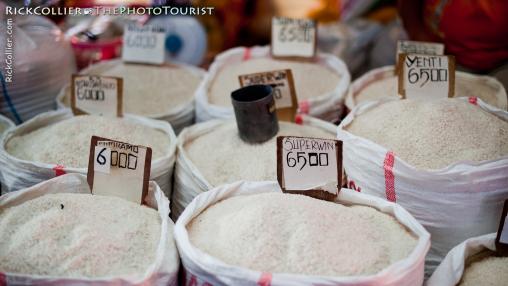
Rice markets in South and Southeast Asia face stresses from El Niño, export restrictions
Agricultural markets—particularly trade in cereals such as wheat and maize—have seen significant volatility over the past year as impacts of the Russia-Ukraine war, combined with tight global stocks, drove prices to record (nominal) highs. The rice market, by contrast, has been generally tranquil (Figure 1). Large global supplies and the lack of any direct trade connection to the Ukraine conflict left rice relatively immune to the price spikes seen with other commodities. But recently there have been signs of trouble.
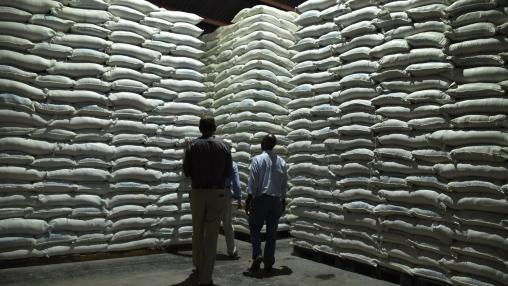
Six lessons learned from a year of multiple crises: Beyond the Russian invasion of Ukraine
As 2022 came to a close, we attended the GIZ conference “A Year of Multiple Crises: Reflecting the impacts, policy responses and outlook for food security and agriculture in sub-Saharan Africa.” During the event, experts examined the global policy implications of the Russia-Ukraine war regarding food, fuel, and fertilizer, as well as the conflict’s global market disruptions and its particular impacts on African economies.
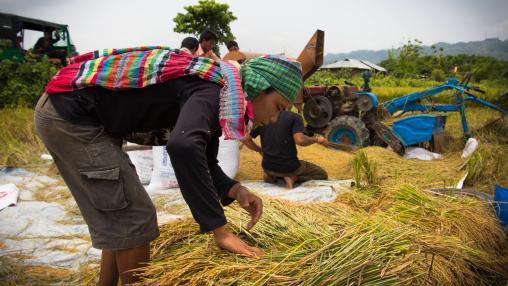
FAO Food Price Index Rises in April
The FAO Food Price Index rose slightly in April; but remains almost 20 percent below its April 2022 level. Sharp increases in the price of sugar drove the majority of the month-to-month increase.
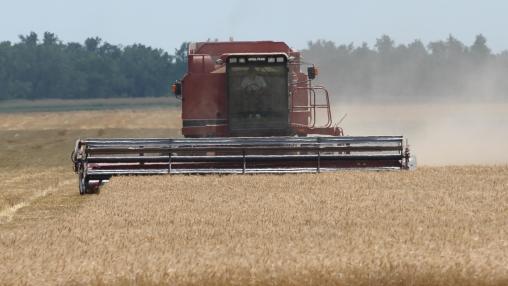
The political economy of reforming costly agricultural policies
Agricultural support policies provide over $800 billion per year in transfers worldwide. Such policies encompass a broad range of government instruments to support the agriculture sector, which are typically funded from taxpayers and consumers. These include “coupled” subsidies intended to incentivize producers to expand output, “decoupled subsidies” that avoid shifting production incentives, and market-price support measures such as tariff and non-tariff barriers.
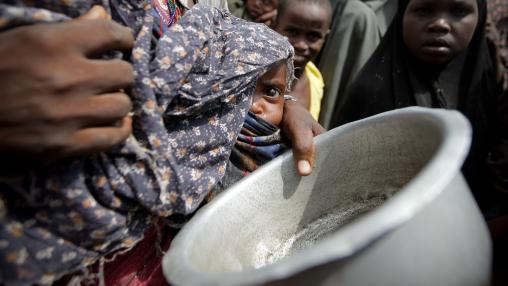
Increasing Resilience to Prevent Food Crisis: 2023 Global Food Policy Report Released
Over the past decade, the world’s food systems have faced multiple significant shocks, from the COVID-19 pandemic and the impacts of the Russia-Ukraine conflict to numerous climate change-driven natural disasters and instances of civil unrest and political instability. These challenges have disrupted markets, driven up food and fertilizer prices and price volatility, reduced food availability and accessibility, and pushed millions of people into hunger.
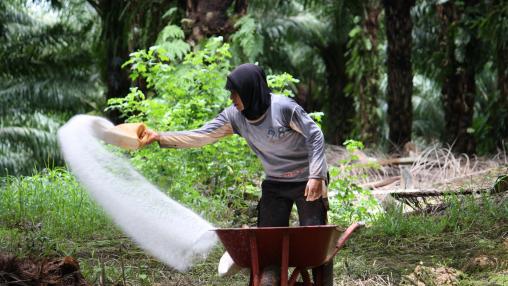
Global Food, Fertilizer Prices Continue to Fall, But Local Volatility Remains
The FAO Food Price Index continued to decline in March, dropping by 2.1 percent from the previous month. The Index has fallen by almost 21 percent since March 2022.
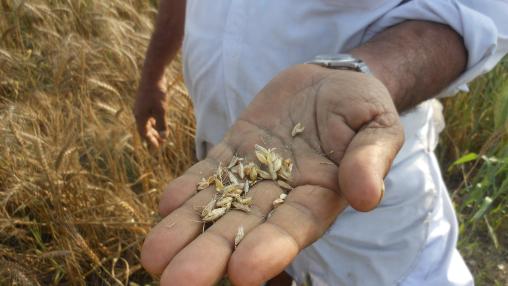
Price Insulation And Global Wheat Markets
The real global price of food surged in 2022, reaching well above the previous peak seen in the 2011 food price crisis. While prices declined somewhat in July 2022, they remain alarmingly high, and some countries have enacted policies, such as export bans, to try to rein in prices on their domestic markets.
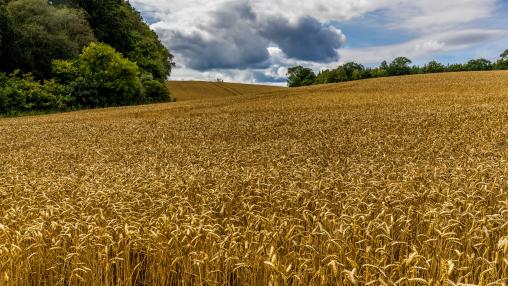
Assessing tight global wheat stocks and their role in price volatility
The Russia-Ukraine war has caused significant price volatility in agricultural markets over the past year—for wheat, in particular, price levels and price volatility reached the highest levels since the 2007/08 marketing year. Both have fallen back to pre-war levels over the past six months, but volatility remains high relative to historical levels (Figure 1), indicating that significant market uncertainty remains, creating ongoing vulnerability for global food security.
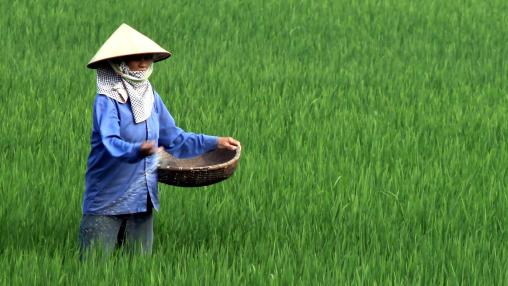
The Russia-Ukraine war after a year: Impacts on fertilizer production, prices, and trade flows
Russia’s 2022 invasion of Ukraine triggered global disruptions in markets for key food crops and fertilizers, threatening food security worldwide. With the war now entering its second year, high international food prices have moderated, though domestic price levels remain high in many low- and mid-income countries. Here, we turn to global fertilizer markets, examining how they weathered the past year and the likely impacts going forward for agricultural production and food security.
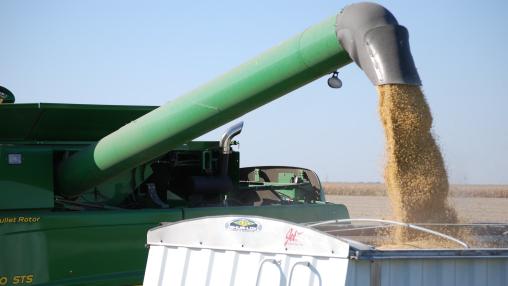
Food, Fertilizer Prices Decline in February
The FAO Food Price Index continued to drop slightly in February, reaching almost 19 percent below its March 2022 peak. This represents the eleventh consecutive month of decline.